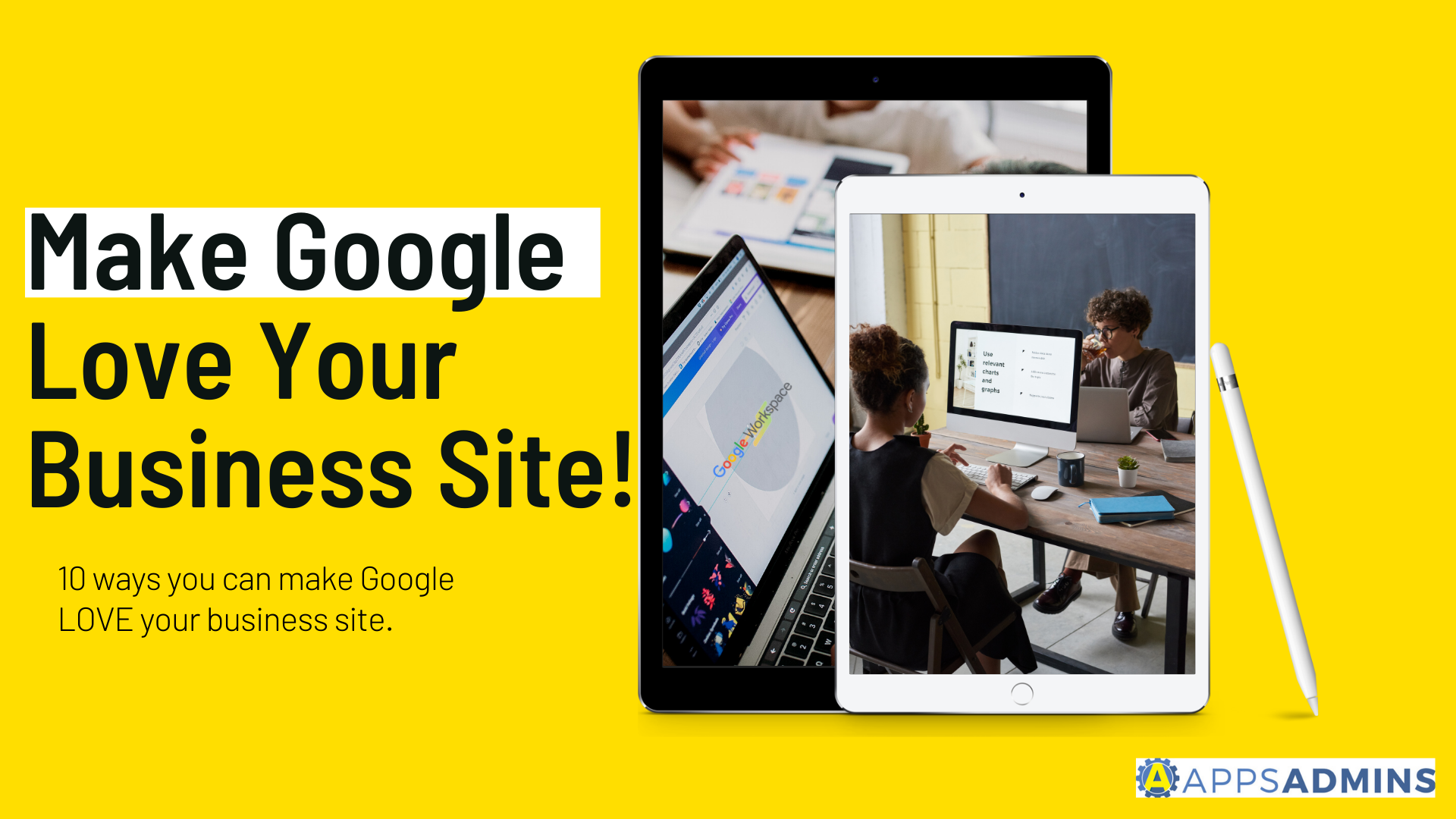G Suite Business Free for 30 Days
Sign up for a Free 30 Day Trial of G Suite Business and get Free Admin support from Google Certified Deployment Specialists. No Credit Card Required.

 Google Apps and Chrome Apps often present a similarity, especially since most services supported on Google Apps are featured in Chrome Apps. While there is an area of overlap, they are at different structural levels in providing functionality and redundancy for services. An App is a web-based program or application that can work entirely on a browser. This does not mean that the browser technically assumes the role of the service of the app, but there is a definite service that works in the background to give the requested functionality. Since Google Apps and Chrome Apps are both classified in the same way, a few distinctions will make the definition clearer.
Google Apps and Chrome Apps often present a similarity, especially since most services supported on Google Apps are featured in Chrome Apps. While there is an area of overlap, they are at different structural levels in providing functionality and redundancy for services. An App is a web-based program or application that can work entirely on a browser. This does not mean that the browser technically assumes the role of the service of the app, but there is a definite service that works in the background to give the requested functionality. Since Google Apps and Chrome Apps are both classified in the same way, a few distinctions will make the definition clearer.
Platform Or Environment
Essentially, all browsers work the same, and to increase functionality for interoperability with web and desktop services, they use extensions, apps and plug-ins to achieve this. From this perspective, a comparison of Mozilla Firefox extensions would be similar to Chrome Apps. They both add functionality to the Browser for integrating web and desktop services. The distinction therefore between Chrome Apps and Google Apps is that Chrome is a browser, while Google Apps is not; it is a web hosted service that does not distinguish functionality through browsers, so it can be utilized using virtually any browser. Google Apps platform is therefore web-based, while Chrome Apps are hosted on the desktop environment where the Chrome Browser is installed.
Front End vs Back-End Services
 Front-end services work as a graphical interface, say, the portal through which functionality is achieved. Without Front End services, there would be a jargon of encrypted code that would be hard to synthesize, leave alone locate and use functionality. Back-end services are what servers do. These are complex calculations and storage facilities that make the information requested on a user interface coherent, valuable and presentable. The two work together to increase the user experience toward desirable levels. To sum it up, Google Apps, when it overlaps with the services found on Chrome Apps, serves as a back end while Chrome Apps as a front end. This is an explicit distinction of functionality as opposed to the perceived similarities when accessing Google Apps directly without the intervention of similar Apps on Chrome Apps.
Front-end services work as a graphical interface, say, the portal through which functionality is achieved. Without Front End services, there would be a jargon of encrypted code that would be hard to synthesize, leave alone locate and use functionality. Back-end services are what servers do. These are complex calculations and storage facilities that make the information requested on a user interface coherent, valuable and presentable. The two work together to increase the user experience toward desirable levels. To sum it up, Google Apps, when it overlaps with the services found on Chrome Apps, serves as a back end while Chrome Apps as a front end. This is an explicit distinction of functionality as opposed to the perceived similarities when accessing Google Apps directly without the intervention of similar Apps on Chrome Apps.
Accessibility and Functionality Limitations
In order to understand the differences portrayed by Chrome Apps and Google Apps, the level of extended functionality has to be defined. Chrome Apps can greatly increase the function of Chrome; the browser. The browser can well achieve the functionality expressed in Google Apps by adopting all integrated services, but as long as the browser is not operational, the functionality cannot be accessed. Google Apps is accessible through virtually all browsers, and through the Apps, a business suite can be installed which is not limited to specified browser availability or functionality, besides, Google Apps can be integrated with the Business suite and customized for universal similarity, while Chrome is limited to the specific browser on which it was installed.
Summary
While Chrome Apps and Google Apps are both products of Google, they function in different environments, service accessibility levels and convenience levels. One is formatted for the individual while the other is formatted for universal access. There are many areas of overlap, but as far as service goes, the dependence expressed in front-end and back-end relationships is subjective. All in all, Chrome Apps add extensible service to Google Apps, making the Chrome Browser more suitable, efficient and functional for the Google Apps environment.
.jpg?width=818&name=appsadmins-svg-rules-1%20(2).jpg)







